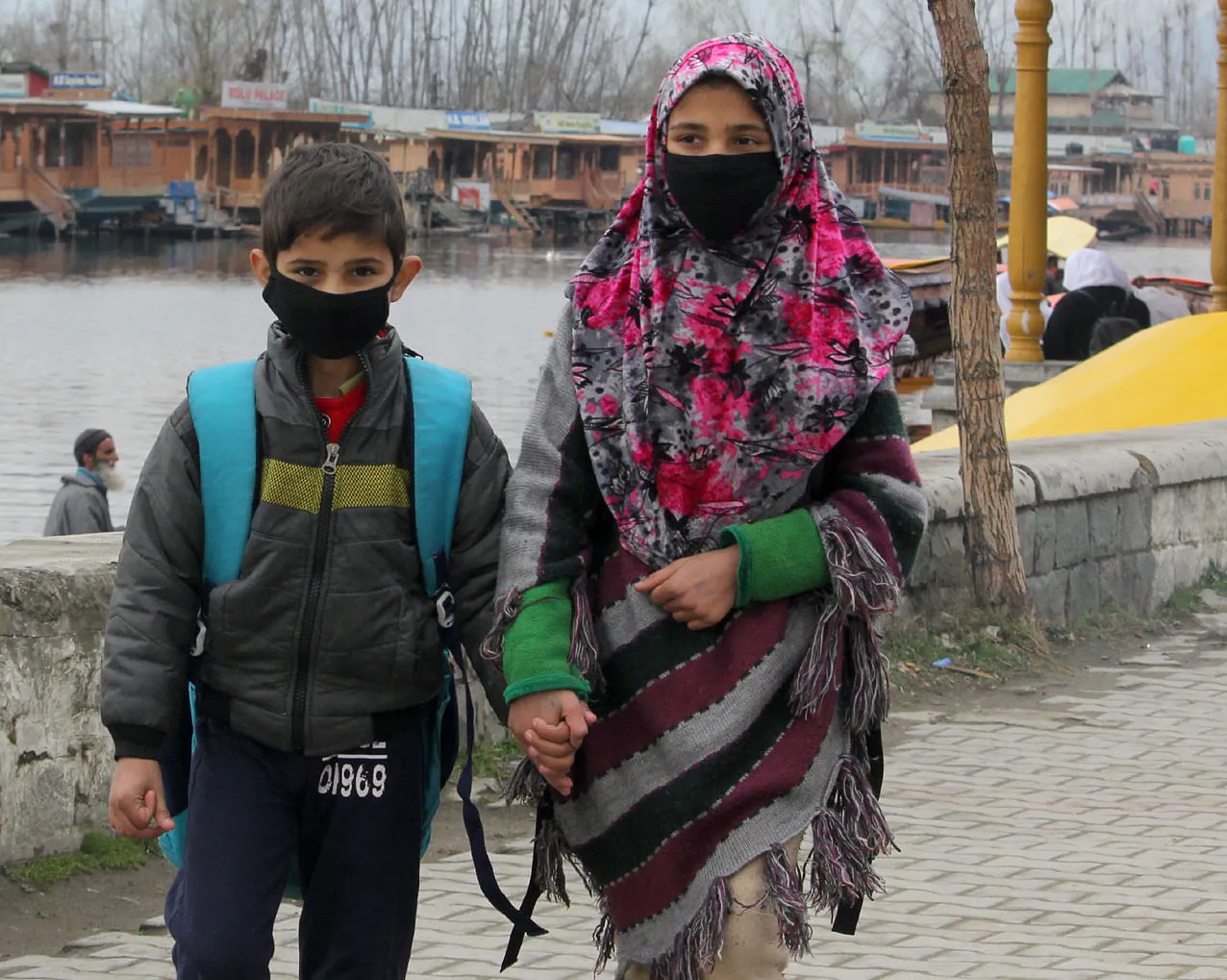Srinagar: A latest survey conducted to explore the children enrollment in schools and the access of children to smart phones has depicted a digital divide among the students across J&K UT and Ladakh.
A national level survey “Annual Status of Education Report (ASER)-Rural 2021” conducted in September-October this year has revealed that around 72 per cent students in J&K have a smartphone at home but only 40 per cent students have access to it for their studies.
However, the survey has revealed that around 15.6 per cent of students in J&K do not have any access to smartphones at home for their studies.
The ASER-2021 has also revealed that the number of “out of school children” between the age group of 6-14 years has jumped from 1.2 percent in 2018 to 6 per cent in 2021.
The figures of the survey have also revealed that the enrollment of students between the age group of 6-14 years in government schools has decreased from 57 per cent to 55 per cent.
The contents of the annual report states that the survey was conducted to explore the patterns of enrollment and dropout among 5-16 year-olds in rural India besides trends in children taking paid tuition classes to aid their studies.
“The survey was done to explore whether households have smart phones and if so, whether children have access to them. The survey also examined how families support children at home as schools begin to reopen,” the survey reads.
The survey has also explored the perceived changes in enrollment patterns in government and private schools at national level.
“The major change in enrollment is a big jump in government school enrollment accompanied by a fall in private school enrollment. The increase in government school enrollment is across the board – all age-groups, grades and for both boys and girls,” the survey reads.
It further states that a decline in private school enrollment was first seen in 2020, when it dropped from 32.5 percent in 2018 to 28.8 percent for 6-14 year olds. “But government school enrollment remained steady at about 65 per cent – the drop in private school enrollment was accompanied by more children not being enrolled in school rather than a shift to government schools,” it reads.
The survey has further revealed that around 60.7 per cent students of government and private schools receive help from family members while studying at home.
Despite the closure of all schools for offline classes for the last two years, the survey has revealed that the majority of the students were receiving education through traditional methods. Around 55 percent students did learning activities at home through traditional means, 13 percent of the students availed the facility of broadcast classes while 28.9 percent students studied online.
The survey has also focused on the availability of textbooks with the kids amid the closure of the schools due to COVID19 pandemic. The figures reveal that around 95 per cent of students of government and private schools have textbooks for their current grade.
ASER 2021 retains the phone survey format. More than 3000 volunteers across the country spoke to parents and teachers, aiming to understand how children in the age group of 5-16 have studied at home since the onset of the pandemic and the challenges that schools and households now face as schools reopen.
Due to the covid-19 pandemic, this year the survey was conducted by external organisations and independent local volunteers with the support of Pratham and ASER state teams, reaching 581 districts in 25 states and 3 Union Territories, 76,706 households and 7,299 schools in 17,184 villages across India.







